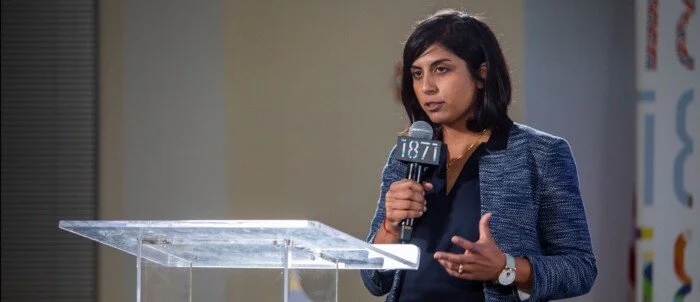What We’ve Learned
Takeaways from our 10 years of impact investing, including how we think about and measure impact
Our Most read articles:
We align our approach to the framework provided by the Impact Management Project (IMP), which describes 5 dimensions of impact: What, Who, How Much, Contribution, and Risk.
Evidence is building that “market-rate returns” can be generated alongside positive social or environmental outcomes and the market sentiment that impact investing is inherently bad for performance is being challenged.
We evaluate specific criteria to make sure each company we invest in is making a sustainable, lasting impact in its designated impact area.
Impact fund diligence requires both a specific framework to apply these tools with an impact lens and the perspective to judge what comes out of that diligence process.
For impact investors to generate measurable social returns, it’s critical to identify an investment strategy that specifies how the intended social outcome will be achieved.
In our conversations with investors, we run across a lot of different ideas about what impact investing is and isn’t, so we wanted to take the time to share our preferred definition and viewpoint.
Full Article archive:
Smaller, more entrepreneurial firms can move quickly and set the bar for the industry, redefining what is possible and giving customers other, better options - both directly and also indirectly through the pressure they create at their more established competitors.
The future demands that we continue addressing our most urgent social and environmental issues, and history shows us that intentionally taking risks during these times can produce outsized financial gains.
At Impact Engine, we think about innovation in the energy sector in three categories: clean energy generation, clean energy grid technology, and electric vehicles.
FTX investors thought they were on a rocket ship to wealth, but the cryptocurrency platform’s spectacular flameout offers a salient reminder of how not to invest in an overhyped market.
In order to do what we do, supporting early-stage companies and funds who are demonstrating that financial and social returns can grow hand-in-hand, we have to believe that a better world is possible.
Research suggests that companies owned by their employees, as opposed to its founders, executives or external investors, demonstrate fewer layoffs, improved wages and benefits, and significantly increased wealth-building opportunities for workers at ALL income levels.
We align our approach to the framework provided by the Impact Management Project (IMP), which describes 5 dimensions of impact: What, Who, How Much, Contribution, and Risk.
We all want economic prosperity, safety, and pride in our community. Yet most capitalists still make business and investment decisions for financial return only, ignoring social and environmental impacts and assuming that governments and nonprofits will keep us from doing harmful things or pick up the pieces when we do.
Backing a new fund does not mean backing a new investor. And investing in a fund managed by a firm with a long track record does not mean their track record will repeat itself.
While much has changed since the launch of our first accelerator, one aspect of our work stays constant: the joy of witnessing our portfolio companies grow, both in profit and in impact.
Evidence is building that “market-rate returns” can be generated alongside positive social or environmental outcomes and the market sentiment that impact investing is inherently bad for performance is being challenged.
We evaluate specific criteria to make sure each company we invest in is making a sustainable, lasting impact in its designated impact area.
Impact fund diligence requires both a specific framework to apply these tools with an impact lens and the perspective to judge what comes out of that diligence process.
We track new research and data as it becomes available in order to update and refine impact measurement and reporting.
For impact investors to generate measurable social returns, it’s critical to identify an investment strategy that specifies how the intended social outcome will be achieved.
Here are our top tips for talking to impact investors and some of the mistakes that we’ve seen companies make during the fundraising process.
We believe that strategic business decisions can be made to optimize and reinforce both financial and social outcomes, but they require an investor with intention and expertise.
I prefer to see the experience from the perspective of a user rather than an admin, and regular users tend to receive a more refined experience.
Impact investing, which has an explicit intention of generating a measurable social and financial return, is going through a transformation right now.































